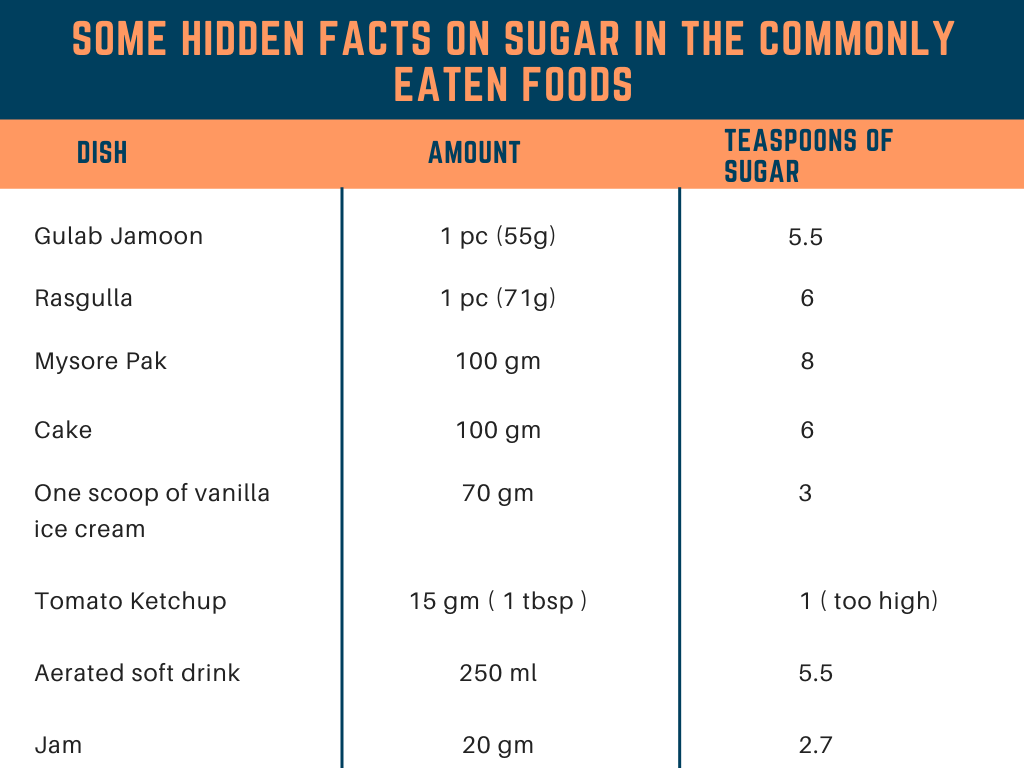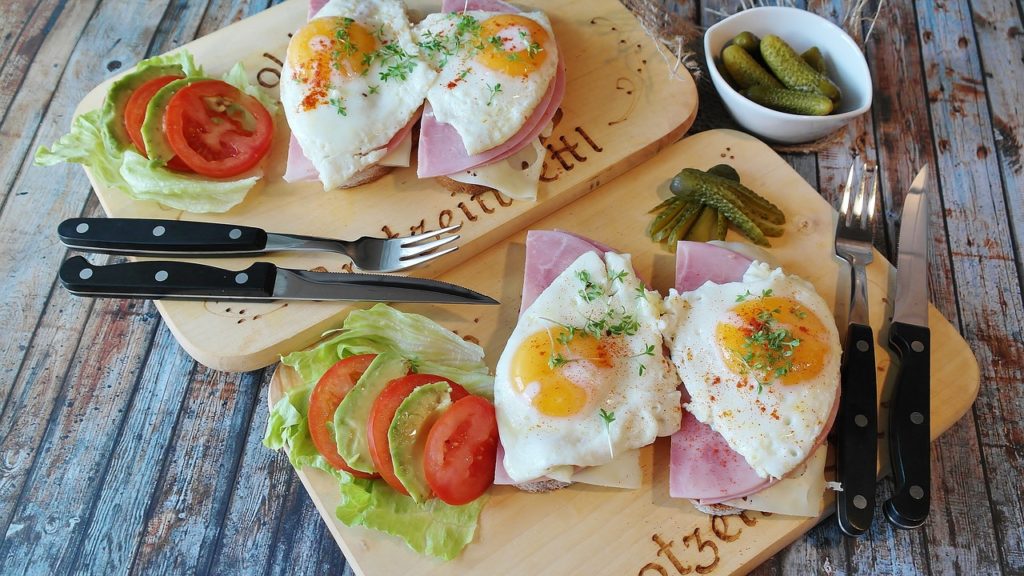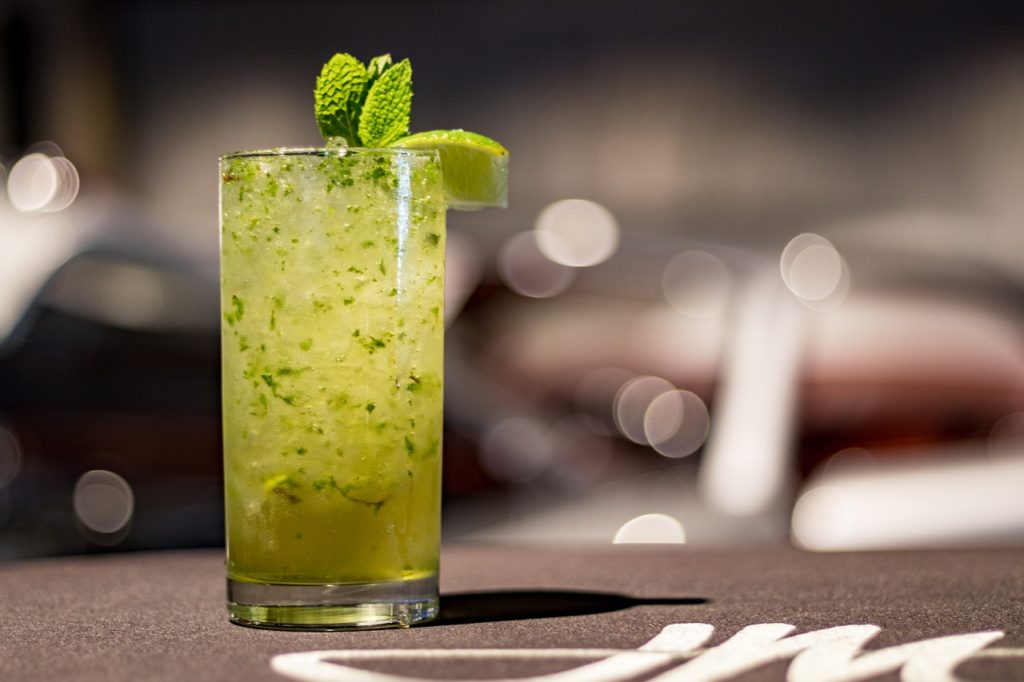Planning A Sugar Detox? Here's How To Do It
You may love sugar but does it love you back?
Sugar is a compound called sucrose which is a combination of glucose-fructose. Nutritionally it provides only empty, non-nutritive calories (1 gm of sugar gives 4 kcal) and is harmful to your body when consumed in excess. The processing of sugar involves chemical treatments like treating with calcium hydroxide and water, bleached by sulphur dioxide, or a crystallization process that gives white sugar crystals.
The implication of sugar consumption
Adult men consume an average of 24 teaspoons of sugar in a day, according to the National Cancer Institute, US. That’s equal to 384 calories. An Indian survey by ICMR -NIN revealed that elderly people were consuming slightly higher sugar, about 20 gm a day compared to other age groups. Sugar is the new tobacco as it is addictive and the new cholesterol since it increases triglyceride levels in the blood. A study published in JAMA in 2014 showed an increased association between a high-sugar diet and the risk of dying from heart disease.
What happens when we consume sugar?
Our brain recognizes sugar as a reward which makes you keep wanting more of it as it releases feel-good hormones.
Sugar rapidly spikes your blood sugar and a rapid increase and drop in blood glucose can harm your body (these fluctuations lead to depression, anxiety and schizophrenia).
Sugar triggers the release of dopamine, the same area of the brain implicated in the response to addictive drugs, thereby making it an addictive substance for your body.
Sugar can also cause the release of chemicals like opioids in the brain, which leads to a rush that may cause future cravings. Sugar is considered inflammatory in nature and not a great choice for someone suffering from infection, stress or chronic disease.
Are Sugar Substitutes Safe?
Let’s not get convinced by seeking sugar alternatives and going high on them. It behaves the same way in your body even when you choose these sugar aliases like honey, jaggery, rock candy, khandsari, brown rice syrup, corn syrup and molasses. Another form of sugar called as high-fructose corn syrup and fructose stimulates appetite and causes us to eat more as per The Journal of the American Medical Association.
1 Teaspoon sugar = 20 kilocalories
The Secret Sugar In Our Food
Watch out for these other names while reading food labels on the processed products that you buy that behave similarly to sugar: cane sugar, agave, brown sugar, beet sugar, castor sugar, coconut sugar, corn syrup, crystalline fructose, date sugar, glucose, dextrose, golden sugar, invert sugar, maple syrup, sucrose, molasses, table sugar, etc. Other sources of consumption include desserts, spreads, ketchup, jam, Indian sweetmeats, chocolates, bakery goods and confectioneries. Processed foods like breakfast cereals, salad dressings, spreads, sauces and aerated beverages also include sugars so please read the labels before you consume.
Guidelines about sugar consumption:
- World Health Organization recommends a maximum of 5 to 10 teaspoons of free sugars* per day.
- In both adults and children, WHO recommends reducing the intake of free sugars* to less than 10% of total energy intake.
- The National Institute of Nutrition (India) recommends an added sugar intake of not more than 20 to 25g a day for normal adults.
- American Heart Association recommends daily added sugar for women-6 tsp, men-9 tsp and children 3-6 tsp.
- Keep your sugar intake as limited as possible and restricted if suffering from insulin resistance.
**Free sugars are sugars added to a food or drink or honey, syrup and fruit juice. These are called free because they’re not inside the cells of the food we are consuming.
Reasons for consumption of sugar/sweets:
India is the second-largest (after Brazil) producer and the largest consumer of sugar in the world. Sweetness increases the palatability of food, beverage, and stimulates intake. In India, it is customary to ‘’sweeten the mouth” after a meal or on a joyous occasion so it’s hard to escape sugar. Here’s how to bid sugar addiction a goodbye and start a healthy routine
Quit cold turkey: It is just not enough if you omit the sugar and consume other unhealthy carbohydrate sources that equally increase the risk of diseases such as white flour, polished rice, artificial sweeteners, hydrogenated fats through bakery goods and pre-packaged foods.
Don’t drink your calories: Limit reaching out to sweetened teas, coffees, juices throughout the day.
Add protein to every meal to control repeated hunger pangs:
Include eggs, dals, nuts, seeds, poultry, peas, dairy, fish, mushroom, paneer.
Eat the right carbs and include fibre like non-starchy veggies and whole grains. Limit starchy vegetables like potatoes.
Include good fats at every meal: Go for nuts and seeds, avocado and fish, which offer omega-3 fatty acids.
Manage your stress: During stress cortisol shoots up, this drives up your hunger and can fuel sugar cravings.
Focus on mindful eating & exercise.
Get quality sleep. If you get less than 7 hours a night, it can drive you to eat more calories.
Choose bitter foods to limit sweet cravings.
Swap sweetened drinks for water or fruit-infused water.
Start your day the low sugar way: Fuel up your diet with protein and fibre-rich veggies.
Read labels: Search for sneaky sources of added sugar in what you buy.
Choose unsweetened snacks (nuts and seeds, millet-based, whole fruit, dal patties, hummus and veggies, eggs, foxnut, roasted gram)
Rethink dessert. Instead of reaching for your favourite dessert, rethink if you are truly hungry? If so then try unsweetened coconut pieces, greek yoghurt, nuts or fresh fruit.
Natural zero-calorie sweeteners such as stevia, sugar alcohols like erythritol, xylitol, etc can be opted for if necessary.
?Some Recipes That Can Help You Go Off Sugar
Nut Katli
Ingredients:
Pista, almond, walnut, cashew, almond flour (optional), turmeric, vanilla essence or cardamom powder, natural zero-calorie sweetener, xanthan gum, vegetable oil, ghee ( ½ tsp), few strands of saffron.
Method:
Roast and powder the above-mentioned nuts.
To a pan add water, turmeric, xanthan gum and bring it to boil.
Add a few drops of sweetener, vanilla essence.
Mix and add nut powder & almond flour, stir continuously to avoid lumps.
Add heated vegetable oil, ghee and mix on low heat for about 5 minutes.
Use a whisker to ensure there are no lumps.
Remove from flame and transfer it into a greased plate. Cut it into the desired shape.
Refrigerate for 2 hours and serve.
Mint Mojito
Ingredients: Lemon squeezed, mint leaves, salt, natural zero-calorie sweetener, soaked chia seeds, chilled water.
Method: Blend all the above and finally mix chia seeds before you serve.
Comments

Nidhi
29 Jan, 2021
Very useful information
You may like to read:

Health and wellness
Five Lifestyle Changes To Ease Bladder Control

jessica smith
5 mins read

Health and wellness
Five things to keep in mind when considering organ donation

sunayana singh, ceo of organ india, an initiative of the parashar foundation
3 mins read

Health and wellness
How NURA Uses AI-Enabled Screening to make a difference in Preventive Healthcare

Silver Talkies
4 mins read




Post a comment